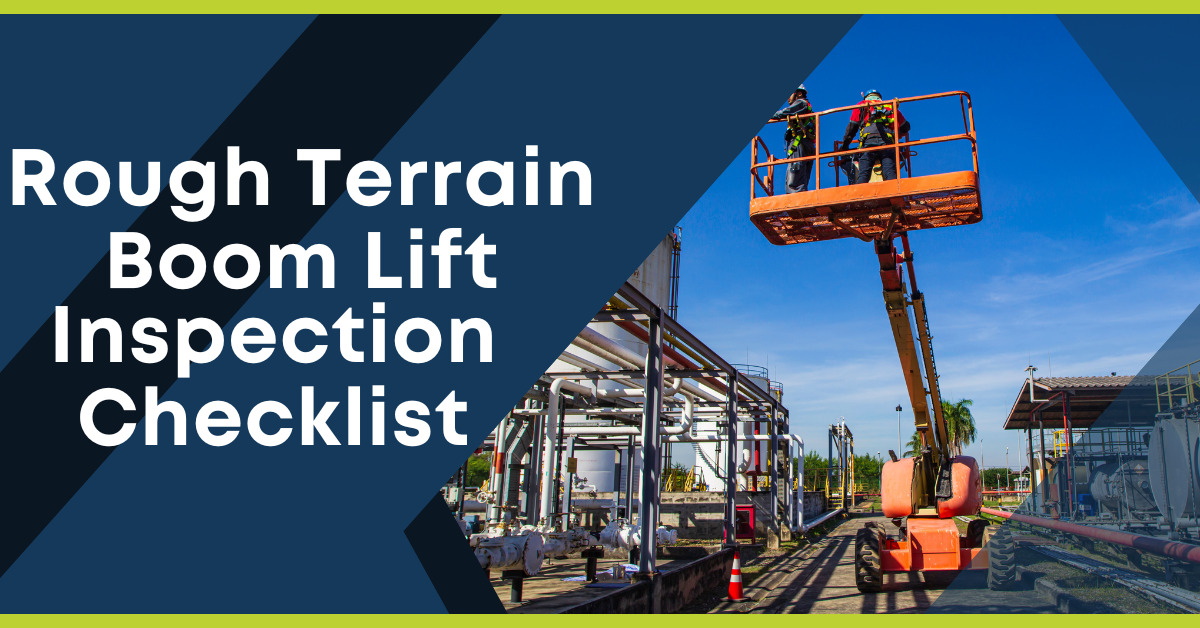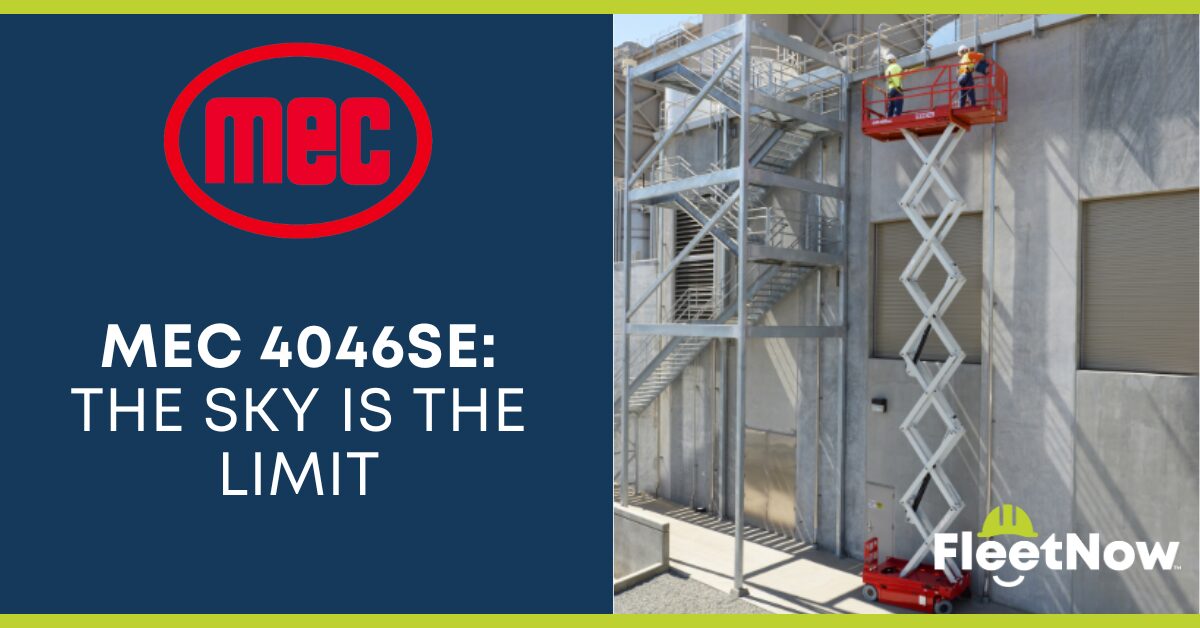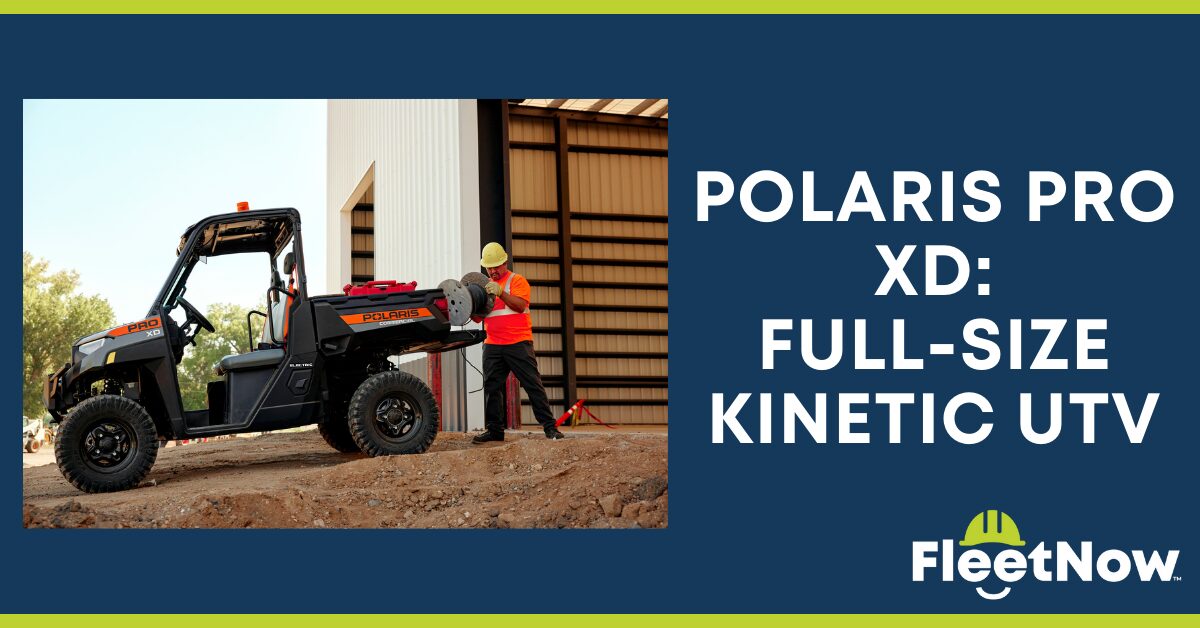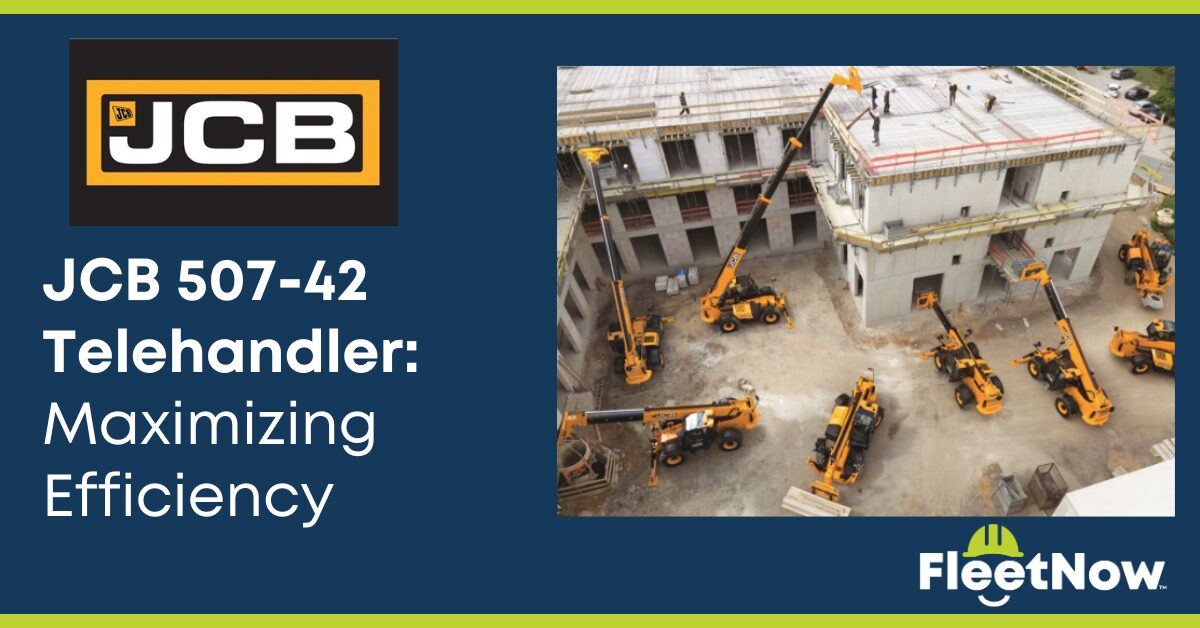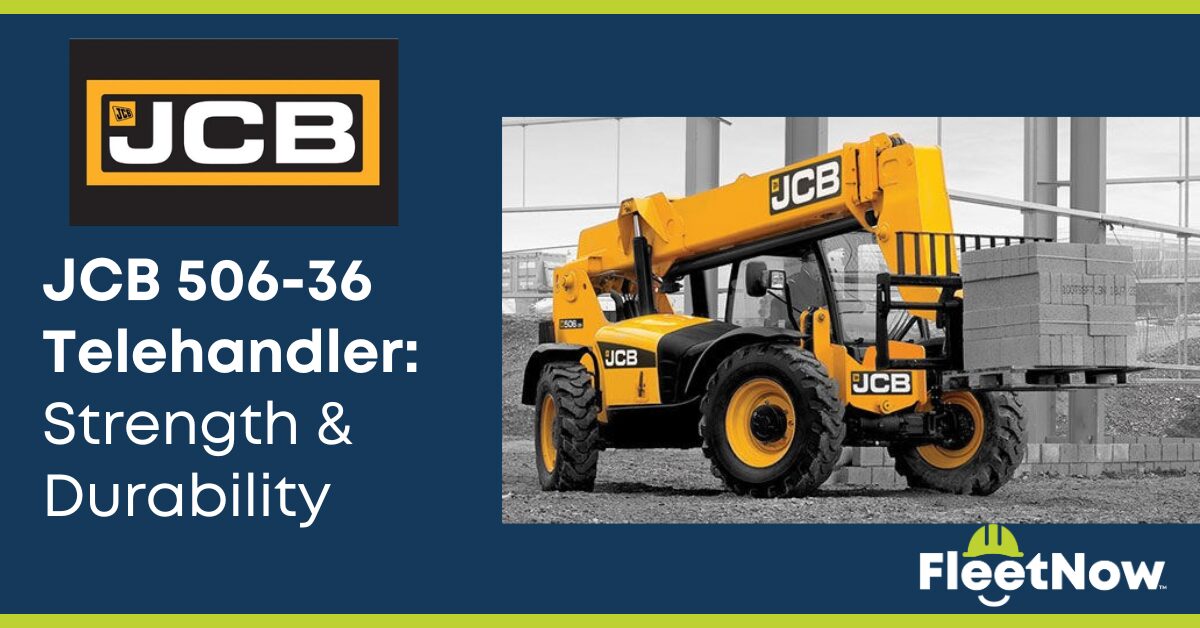Rough Terrain Boom Lift Inspection Checklist
Rough terrain boom lifts provide unparalleled access to elevated work areas, making them a vital tool in various industries. Ensuring the safe operation of rough terrain boom lifts is paramount, and that’s where a thorough inspection checklist comes into play. Using an inspection app, or a checklist, like the comprehensive rough terrain boom lift inspection checklist below, provides a systematic approach to assessing the condition of your rough terrain boom lift.
Why Are Inspections Necessary?
Regular inspections of rough terrain boom lifts are an absolute necessity for several compelling reasons. These machines are often deployed in challenging outdoor environments, where uneven terrain and significant heights pose unique risks. The safety of operators, crew members, and the success of projects hinges on the meticulous maintenance and inspection of these indispensable tools. Inspections serve as a critical line of defense against potential accidents, identifying and rectifying issues before they escalate into hazards.
Compliance with safety regulations and standards is a legal requirement in most jurisdictions, and adhering to these guidelines through thorough inspections is vital for avoiding costly fines and legal repercussions. Beyond compliance, inspections are a proactive measure that promotes efficiency, prolongs equipment lifespan, and minimizes downtime, ultimately contributing to safer and more productive worksites.
Rough Terrain Boom Lift Inspection Checklist
While specific checklists make vary slightly depending on the boom lift’s make and model, key components that should go into the rough terrain boom lift check include:
1. Overall Visual Inspection
2. Tires & Wheels
3. Controls & Operation
4. Hydraulic System
5. Electrical System
6. Fluids & Lubrication
7. Stabilizers & Outriggers
8. Load Capacity & Weight Limits
9. Operator Training & Certification
Does your company need a quick and effective way to inspect equipment?
FleetNow Inspect is the perfect solution for any organization looking to streamline their inspection process. With our easy-to-use app, you can save $2,700 per mechanic each year by switching to digital inspections. Plus, with just one click you can share reports and turn rental machines around faster than ever before!

